A Story of Dedication and Service: Part 6
By Samuel Ben Turay (Ataya Pot)
Freetown – 9 June, 2025
The dusty red roads to Kamakwie wind through undulating hills, dry riverbeds, and acres of sun-scorched savanna dotted with termite mounds and ancient silk-cotton trees. As the Harmattan winds blew in from the Sahara, coating village roofs and cassava leaves in a fine gray film, a storm of a different kind loomed across the farming belts of northern Sierra Leone.
In these parts, life is humble and unadorned. The landscape is beautiful but unrelenting. Fields stretch as far as the eye can see, but irrigation is nearly nonexistent. Grid electricity is non – existent and most children study under candlelight or drop out of school entirely during planting season. Water is drawn from hand-dug wells or shared streams. Mobile phone signals vanish without warning. Health centers are few, often understocked, and miles away. The people of Kamakwie and its surrounding villages: Kamatuka, Kamabang, Kakoya, Kamabonkor, Kadigidigy, Kathumpeh, Kamakwie 2, Kadingblin, Kakuru, Kamabenteh, Kanthrina, Kamankay, Fullatown, Kaporthor, Kathantha and Kayimbor – have long known that the state arrives late and leaves early, if at all.
In the sweltering savannah heartland of Kamakwie, the headquarters of Karene District, against the backdrop of environmental severity and infrastructural neglect, a volatile rift between farmers and nomadic Fullah cattle herders was threatening the delicate balance of rural life. It began with whispers of rumors of cows trampling rice fields, farmers poisoning watering holes, children being threatened. As largely unfounded accusations flew, the land seemed ready to claim its own toll in blood.
What began as rumours of scattered minor disputes over trampled crops and missing cattle was about to spiral into actual an larger crisis, one with all the hallmarks to engulfing communities already burdened by economic hardship and social fragmentation. The incident brought disturbing memories of an angry cattle herder allegedly shooting to death a 17-year-old boy in retaliation of killings his cattle. This was back in December 2017, at the thick of political campaign, ahead of the 2018 multi-tier elections.
“I was prepared to kill or be killed,” said Alie Samura, a widowed father of six, gripping the handle of a hoe turned weapon. “We had no one to turn to. The police station is too far. The chiefs were overwhelmed. The cows destroyed my rice, what was I going to feed my children?” Samura was a widower who was struggling to take care of his six children left behind by his deceased wife. He depended on his farm to raise enough money to marry another woman to help raise his children. This aspiration has over and over been frustrated by several instances of crop trampling by cattle and, this time, he was desperate to defend his crops, no matter the cost.
In neighboring Kadingblin, Amadu Jalloh, a Fullah cattle owner, had his own grief. “I lost two young cows and a pregnant one. People entered our ranches at night and took more. I feared for my life.”
An Ethnic Faultline, Gently Navigated
The Kamakwie, crisis was complex both because it was a classic case of land-use conflict and because it bore the weight of ethnic undertones. The farmers, largely from the Loko and Limba communities, viewed the cattle rearers, mostly Fullahs, as intruders. Suspicion and resentment simmered beneath the surface. This wasn’t just a tribal spat, it was a rupture along the fault lines of Sierra Leone’s rural insecurity: poor land management, nonexistent animal control laws, a lack of conflict mediation mechanisms, and decades of state absence.
When word of the escalating tensions reached Freetown, few thought anyone would act swiftly. But just as tensions neared boiling point, one calm and pragmatic figure stepped into the fray with an open heart, a listening ear, and a steady hand. Dr Ibrahim Bangura, now flagbearer aspirant of the All Peoples Congress (APC), who was his party’s quiet but effective campaigners, had to set aside his December 2017 door-to door APC campaign to answer to this urgent matter.
Bangura has long been known for his behind-the-scenes influence in the party’s national politics. Yet his intervention in the Kamakwie conflict may be one of the most outstanding examples of community-focused but also politically strategic leadership Sierra Leone has seen in recent years. It was an act of service that went beyond rhetoric, it was a lived example of restorative governance. If he had not intervened, that conflict would have resulted in loss of life, affected economic activity, disrupted schooling, and massive loss of the votes of his party because of the displacement and insecurity that would of occurred in an APC stronghold.
Dr. Ibrahim Bangura drove north for hours through pothole-ridden roads, crossing rickety wooden bridges, and at times trekking on foot into the heart of the crisis. Unlike many politicians who arrive with entourages and television crews, Dr. Bangura went with only a few aides and a notebook. He gathered farmers beneath mango trees, sat and broke kola nuts with cattle herders by cracked riverbanks, listened to women traders in dusty markets, summoned youth leaders to palaver huts, and met with community elders at Court Barrays. He was not above the people; he was among them.
“We are not enemies,” he told a tense gathering in Kamankay. “Lack of communication is what brought about this misunderstanding. But peace will bring back your harvests and your herds.” His words didn’t just soothe, they shifted the atmosphere. And people began to speak.
Samuel Sesay, a father of nine from Kakoya, shared his desperation:
“My children cried for food. My farm was destroyed. I almost gave up on life. Dr. Bangura, please help us avoid another year of hunger.”
Pa Sorie Kargbo, a proud elder from Kamakwie 2, said:
“Last year I kept my children from school. I feared what would happen if they left. While it prevented them from progressing to the next class, unfortunately one of my daughters got pregnant during that period. I thank Dr. Bangura for making us feel safe again.”
In Kathumpeh, Ya Mamusu Kanu, who was running a microcredit outfit, recalled:
“Everyone owed me money, but the conflict meant they couldn’t pay. I almost closed my stall. This peace is also good business.”
Even the blind felt the toll. Pa Foday Koroma of Kamabonkor confessed:
“When there is fighting, those who help me say they have nothing. I often go to bed hungry. I bless this man for helping to restore calm.”
And then came voices from the Fulah community.
Isatu Bah, whose family had been quietly planning to leave Fullatown after threats from angry farmers, said:
“At any time there is conflict, every Fullah, cattle herder or not, will become a target. I was scared every night. I thank Dr. Bangura for protecting us, for making us feel safe again.”
Dr. Bangura’s intervention was more than just about resolving this conflict, it was about rebuilding trust in a part of Sierra Leone that had long lost faith in promises. He called for clear grazing boundaries, enforcement of bylaws, and training for both farmers and herders in conflict resolution. He proposed involving religious leaders, local chiefs, and women’s groups as guardians of peace. Most of all, he urged the community to remember that “cattle, rice and cassava can co-exist, if the people agree to listen before they fight.”
At the time of his intervention, the landscape still bore the signs of past crisis but by the time he left, in those same villages, signs of hope had returned: school bells were poised to ring again in Kanthrina; market days gearing to be full in Kayimbor; farmers and herders were now exchanging greetings in Kaporthor. Kamakwie was back again in peace.
What Dr. Bangura achieved in Kamakwie wasn’t a photo op, it was a microcosm of what Sierra Leone so desperately needs: grounded leadership, timely action, and a willingness to walk into forgotten places without cameras, but with courage.
His Quiet Diplomacy in Kamakwie, healed a rural rift, united and built a community with Wisdom, Trust, and Action. Yet few people were aware of Dr Bangura’s maternal Fullah roots, a heritage he wore not as a badge, but as a quiet bridge to dialogue. For many, Dr Bangura’s ability to empathize with both sides, and to do so discreetly, was a game-changer. In several communities, he simply sat in silence as people poured out years of hurt and distrust.
Beyond Mediation: A Blueprint for Rural Peacebuilding
Political observers may ask: why should this matter in a national leadership conversation?
The answer is because what happened in Kamakwie is a microcosm of Sierra Leone’s broader governance challenge: how to lead a diverse society without deepening its divides. Dr Bangura’s model of leadership here reflects what Nobel laureate Wole Soyinka once called “the silent strength of responsible power.”
African policy theorists have long emphasized the importance of “ethnic brokerage” in conflict mediation. In countries like Nigeria, where Fulani herders and indigenous farmers have clashed across states, sustainable peace has only come through leaders who bridge the ethnic and livelihood divide. Dr Ibrahim Bangura’s Kamakwie intervention stands as a rare demonstration of actionable leadership rooted in emotional intelligence, cultural fluency, and community trust.
His critics may question his quiet style, but for those in the farms and fields of Karene, it is precisely this style, measured, respectful, inclusive, that has allowed peace to return, however fragile.
“When the next violence breaks out, who will come?” asked Abubakarr Conteh, a youth leader from Kamaron. “We know Dr Bangura will. He already did.”
And sometimes, that’s all the people really need, a leader who shows up, listens deeply, and leaves peace in his wake.

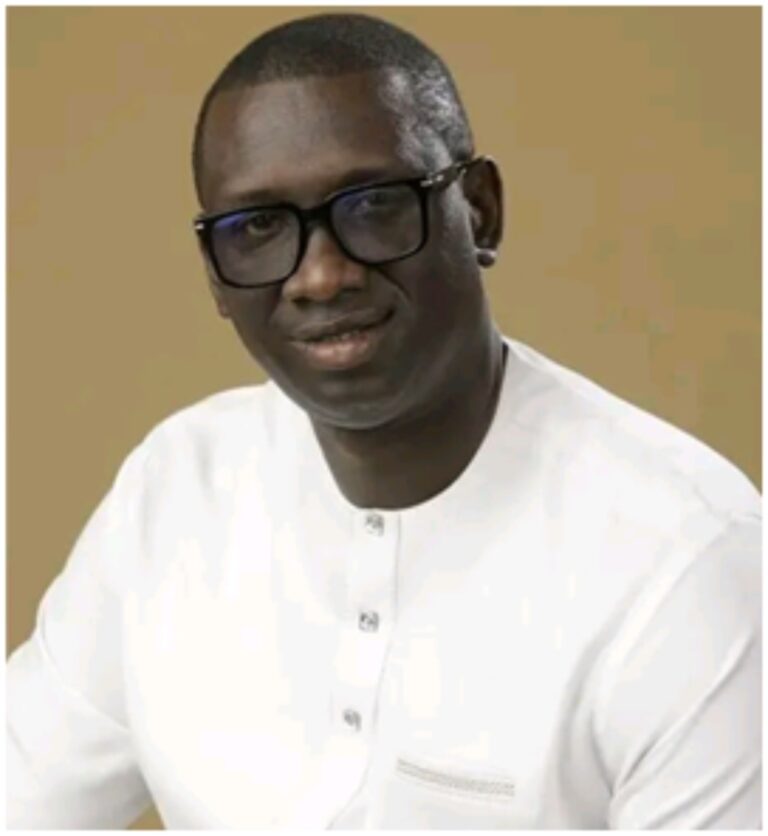
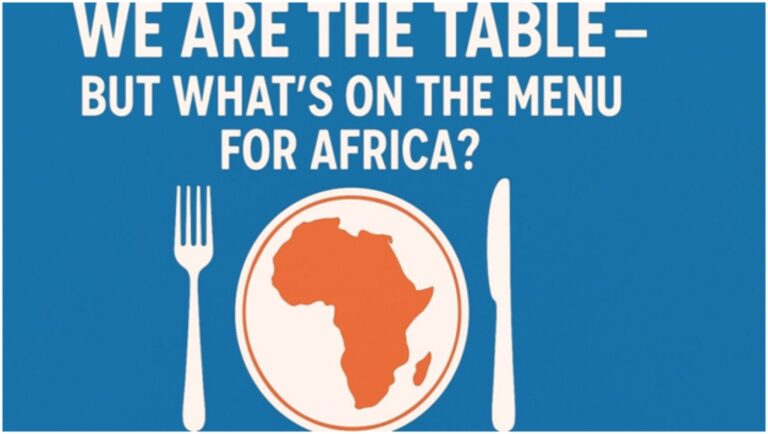

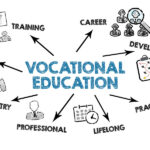
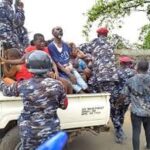
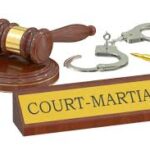
The APC Must Avoid a Flagbearer with Legal Baggage